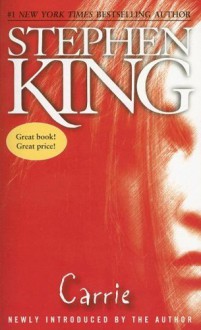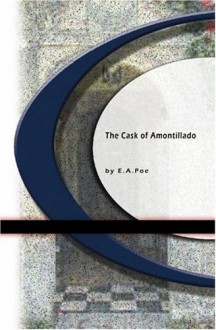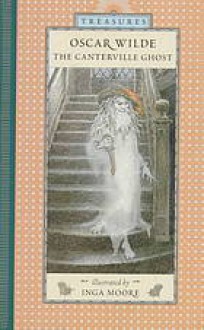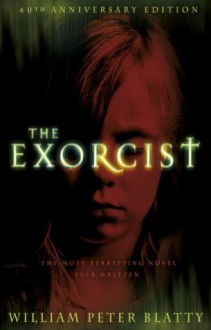
The first thing that struck me is that the film follows the novel pretty accurately. The second thing was that point of view jumps around a bit too quickly for my liking, although the shifts are signposted pretty well and I didn’t get lost for long.
I enjoyed the ongoing discussion about whether Regan was possessed or mentally ill. This wasn’t resolved until the final chapters and I thought it worked well. The desperation of the people who loved this little girl, who changed so dramatically as she hit her teens, was rather soothing to a mother of “normal” teen daughters. Of course this book was part of the Satanic Panic that hit the States in the 70s and reflected the fear of the time for children meddling in the occult. Regan played with a Ouija board and invoked a demon as the result. The privileged white family, the atheist mother who was forced to put her trust in Jesuit priests, and the sacrilegious vandalism at the church, was all part of reinforcing the fear. It was a dangerous time to be different in America, but I guess it still is.
In the central story, the priest, Karras, full of doubt and guilt, became the hero, and Regan’s purity was saved. The subplot of the murder and the detective who decided to “let it go” at the end required a suspension of disbelief. His desperate need for male friendship might have been developed further. Karl and Willie’s daughter was an undeveloped addition that could have led somewhere interesting, but didn’t, and Regan’s father’s continued absence might have been handled differently to provide additional conflict and interest, but at 320 pages, perhaps the novel was complicated enough.
It isn’t a perfect novel, but it’s a thrilling story once it gets going. I’m glad I read it at last.

 Log in with Facebook
Log in with Facebook 
















